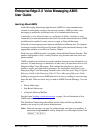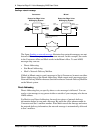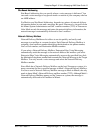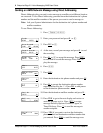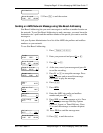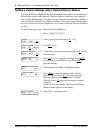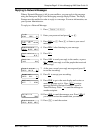
P0911951 Issue 01 Enterprise Edge 2.0 Voice Messaging AMIS User Guide
Enterprise Edge 2.0 Voice Messaging AMIS
User Guide
Learning About AMIS
Audio Messaging Interchange Specification (AMIS) is a telecommunication
solution to networking remote voice message systems. AMIS provides voice
messaging to mailboxes at different sites on a communication network.
A network, as it is referred to here, is a collection of offices, locations or sites
connected by a telecommunication link. Each site on the network must have AMIS
installed and be enabled to send, receive or reply to Network Messages.
Network voice messaging occurs between mailboxes at different sites. For instance,
a message recorded at an office in Cleveland, Ohio can be transferred directly to the
appropriate mailbox at an office in Toronto, Ontario.
Each site on an AMIS network is assigned a Network Identification Number. This
number distinguishes a site’s country location, long distance and area codes and
phone number.
AMIS is simple to use and lets you send a mailbox message to any destination on a
network. To send messages to mailboxes at other sites you must know how to use
Enterprise Edge Voice Messaging. This includes knowing how to open your
mailbox, record, send and retrieve messages. For instructions about how to use
Enterprise Edge Voice Messaging Features, refer to the Enterprise Edge 2.0 Quick
Reference Guide or the Enterprise Edge 2.0 Voice Messaging Reference Guide.
Sending a message across an AMIS network is as easy as sending a voice message
down the hall. There are three ways to send an AMIS Network Message. You can
use:
• Direct Addressing
• Site-Based Addressing
• a Network Delivery Mailbox
See the figure Sending a network message on page 4 for an illustration of how
AMIS network messages are sent.
The Site-Based Addressing information and the Network Delivery Mailbox
numbers are set up by your System Administrator.
Note: Network messages can only be composed and sent from your mailbox. A
network message cannot be sent by using the Leave Message Feature Code
(ƒ·°‚).





